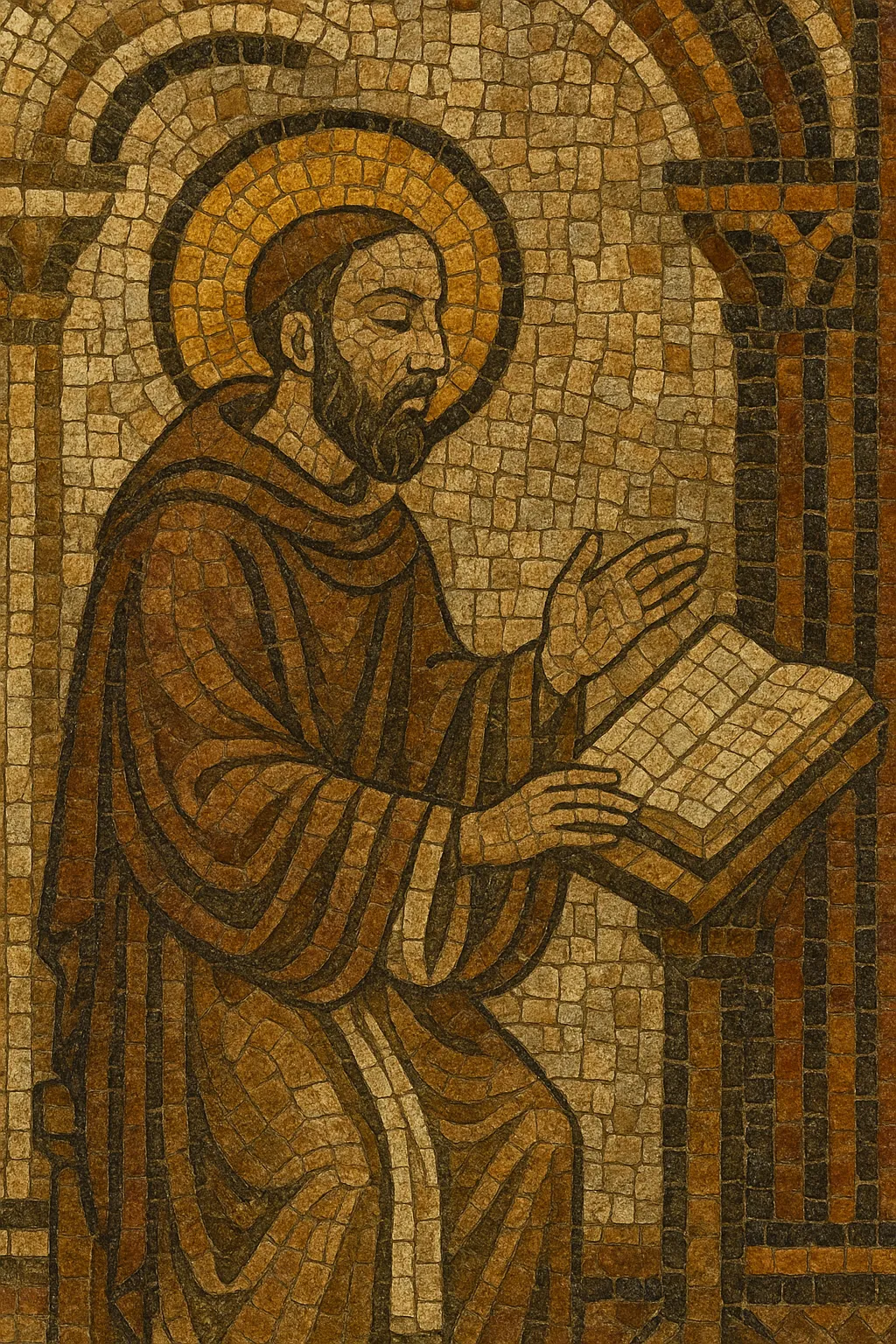Mozarabic chant (also called Old Hispanic or Visigothic chant) is a monophonic, unaccompanied liturgical repertory that served the Old Hispanic (Mozarabic) rite of Christian worship in medieval Iberia.
It features free, speech‑like rhythm, modal melodic formulas, and a mix of syllabic, neumatic, and highly melismatic passages tailored to Latin liturgical prose and poetry.
Its melodies were preserved in non‑staff neumes (Visigothic notation), which transmit contour and nuance but originally lacked precise pitch, making modern performance partly reconstructive.
The sound is austere yet ornate, with solo cantors and a small schola alternating antiphons, psalm verses, and long responsories within a distinctive Iberian liturgical calendar and order.
Mozarabic chant emerged in the Visigothic kingdoms of Iberia and was codified alongside the Old Hispanic (Mozarabic) rite by the 7th century (e.g., councils of Toledo). Its language is Latin, and its musical practice reflects broader late‑antique and early‑medieval Christian chant developments while expressing a distinct Iberian liturgical identity.
The repertory was transmitted in Old Hispanic books using Visigothic neumes—adiastematic signs that capture melodic contour and rhythmical gesture without absolute pitch. The chant types include antiphons, psalmody, responsories with extended melismas, and proper items unique to the Mozarabic calendar. The modality is formulaic rather than strictly tied to the later standardized church modes, and rhythm follows the prosody of the text.
From the late 11th century, the Gregorian rite gradually replaced the Old Hispanic rite across much of Iberia, though Mozarabic chant survived in pockets—most notably in Toledo. In the early 16th century, Cardinal Cisneros instituted reforms preserving the Mozarabic rite and its chant in the Mozarabic Chapel of Toledo Cathedral, ensuring limited but continuous practice.
Paleography and musicology from the 19th century onward (and especially late 20th‑century work) have enabled partial melodic reconstruction through comparative analysis with related chant families and internal formulaic patterns. Professional early‑music ensembles and cathedral scholae have since made recordings and liturgical revivals, bringing Mozarabic chant to broader contemporary awareness.


